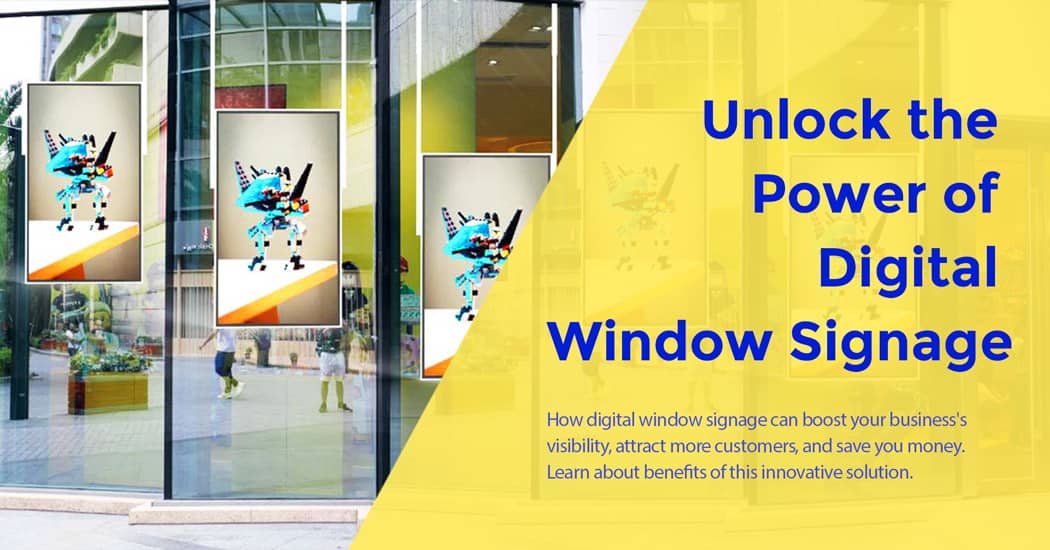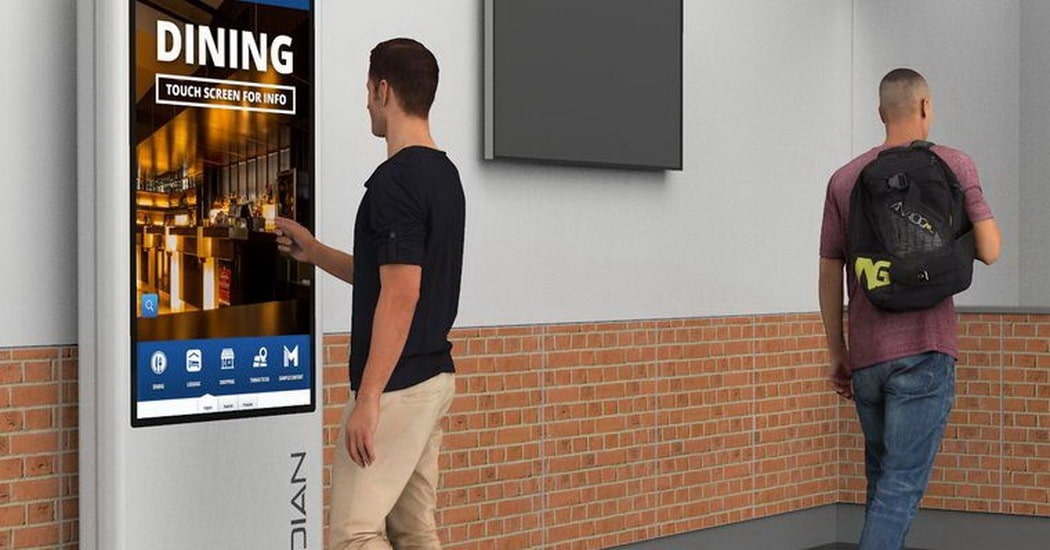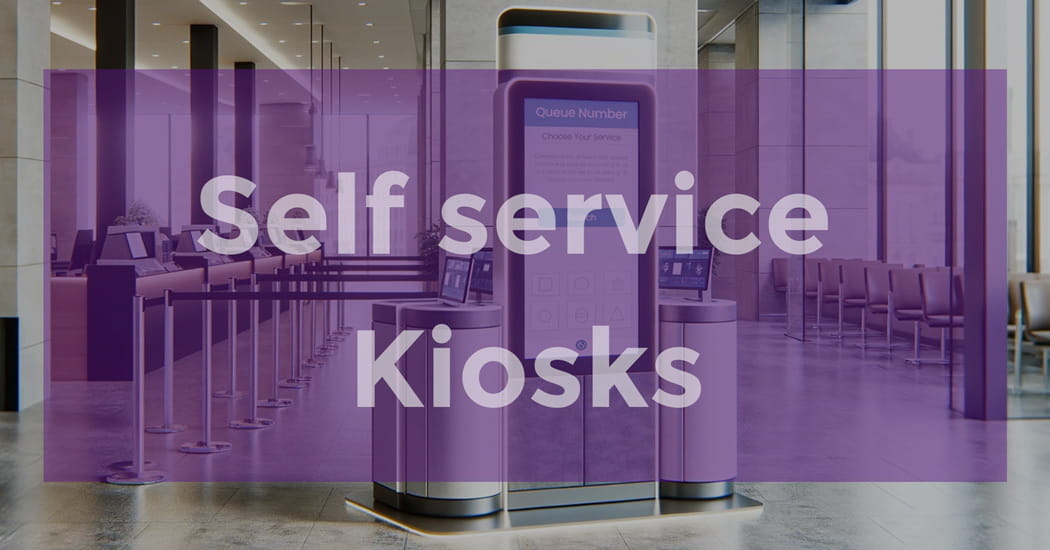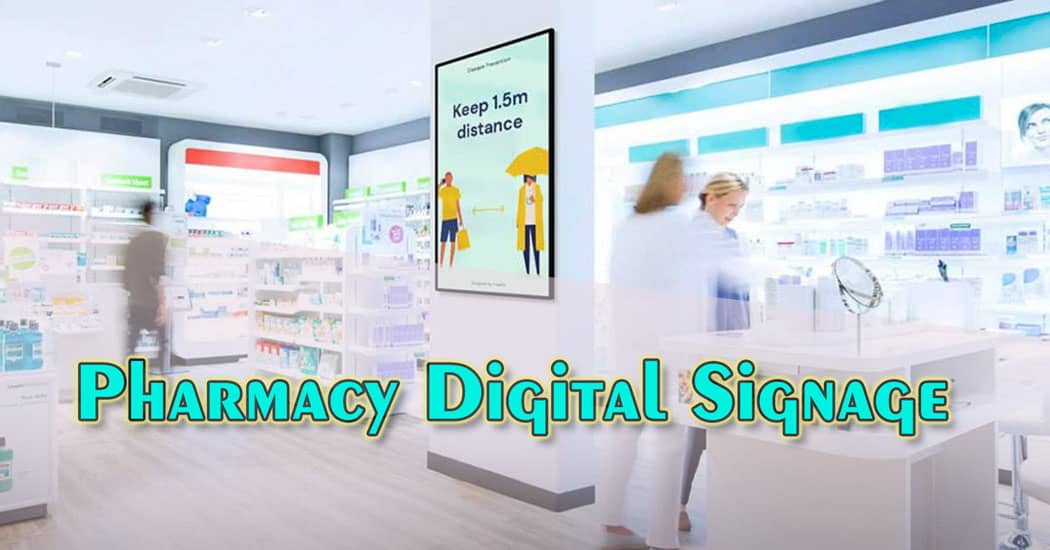
- Post Publish:
- Categories: Knowledge
- Updated:
- Posts by Linda Liu
Digital Signage Interactive Kiosk: A Comprehensive Guide to Features, Benefits & Industry Applications

Linda Liu
Latest update post:
Table of contents:
Digital signage has revolutionized the way businesses communicate with their audiences. Some of the most impactful applications of digital signage are implemented via Digital signage interactive kiosk. These interactive displays provide an immersive and engaging experience for customers while offering valuable information and functionality.
Understanding Digital signage interactive kiosk
Digital signage interactive kiosk are standalone enclosures integrated with large touchscreens, many of which also enable interactivity. They combine the functionality of traditional kiosks with the visual impact of digital signage. When combined with Digital Signage Software, kiosks can be used for any number of purposes, including wayfinding, product information, self-service, and more.
Key Features of Digital signage interactive kiosk
1. Digital Display Technology and Size
Digital signage kiosk encompass a range of display technologies and sizes to deliver high-quality visuals tailored to their specific application and placement. These kiosks offer various display options such as LCD, LED, or OLED, allowing for versatile and immersive content presentation. Careful consideration is given to screen size and aspect ratio to ensure optimal performance based on the intended use and location requirements.
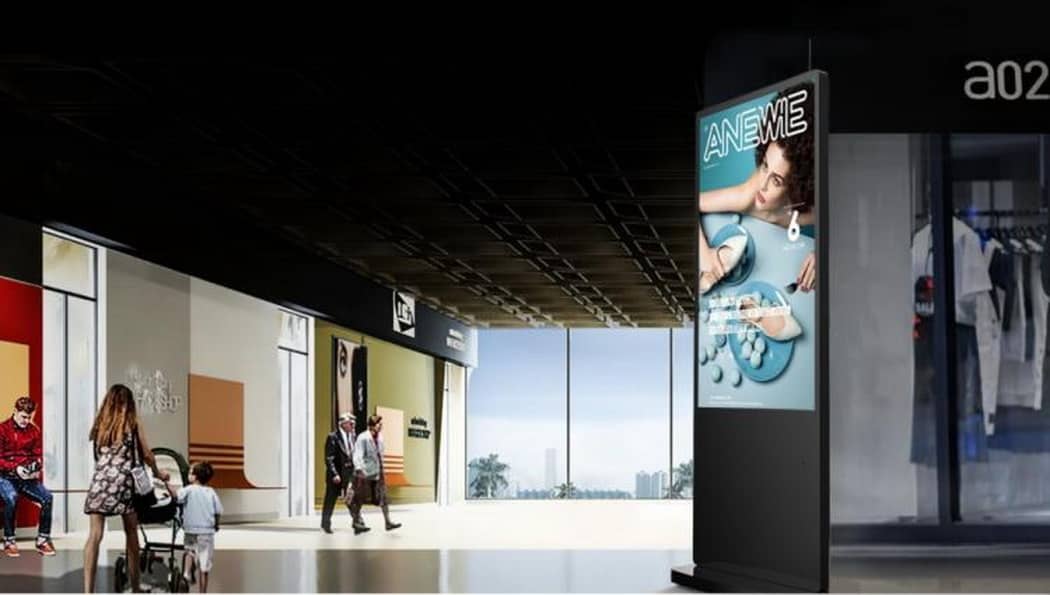












2. Touchscreen Capabilities
Digital signage interactive kiosk incorporate advanced touchscreen capabilities, such as capacitive or infrared touch technology, enabling responsive and accurate touch interactions, while also providing multi-touch support for gestures like pinch-to-zoom, swipe, and other intuitive gestures.
3. Content Management System (CMS)
A robust Content Management System (CMS) lies at the heart of Digital signage interactive kiosk, facilitating seamless management and remote updates of content. Through integration with a powerful CMS, businesses gain the ability to schedule content playback, ensuring timely and relevant information is displayed to customers.
4. Connectivity Options
Digital signage interactive kiosk offer a wide range of connectivity options, providing seamless integration with various devices and networks. Whether through wired or wireless connections, such as Ethernet, Wi-Fi, Bluetooth, or NFC, these kiosks ensure reliable and fast communication. This versatility enables businesses to connect their kiosks to external devices like cameras, barcode scanners, or printers, expanding the functionality and capabilities of the kiosk system.
5. Security and Durability
Security and durability are paramount considerations when implementing Digital signage interactive kiosk. These kiosks are equipped with robust enclosures and tamper-resistant designs to safeguard against vandalism and theft, ensuring their uninterrupted operation and longevity.

6. Multi-language support
Many Digital signage interactive kiosk have multi-language capabilities to cater to a diverse consumer base. This inclusiveness broadens the reach of the kiosk’s content, allowing a wider audience to interact with the information presented.
Benefits Of Digital signage interactive kiosk
Brand awareness and consistency
Digital kiosks can play a vital role in reinforcing a company’s brand image. They allow for consistent presentation of brand messages and visual identity across different locations, contributing to improved brand recognition and customer trust.
Real-time information updates
These kiosks enable customers to have access to the most up-to-date information. Whether it’s price changes or new product arrivals, digital signage can continuously refresh information to reflect timely and accurate updates.
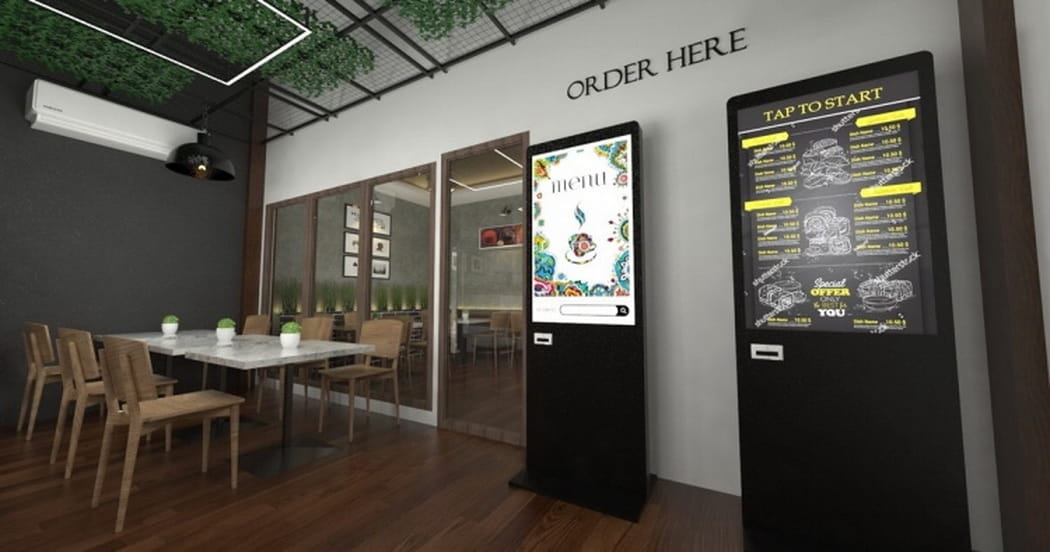
Cost-effectiveness
Digital signage interactive kiosk allow for more efficient use of staff resources and offer a return on investment due to increased customer engagement and sales.
Service automation
Digital kiosks can automate routine tasks like check-in or check-out procedures, ticketing, or ordering services, freeing up staff to focus on more complex customer service tasks. This automation enhances operational efficiency, reduces wait times, and enhances the overall customer experience.
Consumer insights
Digital signage interactive kiosk often come with data analytics capabilities that digest how users interact with them. This information can be used to tailor content, services, or promotions.

Enhanced audience engagement
Digital signage interactive kiosk provide a dynamic platform for interactive audience engagement. By interactively presenting multimedia content, they help businesses capture the attention of potential customers and encourage active participation.
Industry Applications Of Digital signage interactive kiosk
Retail: These Digital signage interactive kiosk function as virtual sales associates, presenting detailed product information, facilitating price comparisons, and supporting self-checkout processes. These kiosks also heighten customer engagement through interactive advertising and personalized shopping offers.
Hospitality: Digital signage interactive kiosk in the hospitality sector enhance the guest experience from check-in to checkout. They streamline processes by offering self-service options for check-in/out and dining reservations and provide real-time information about amenities and local attractions.
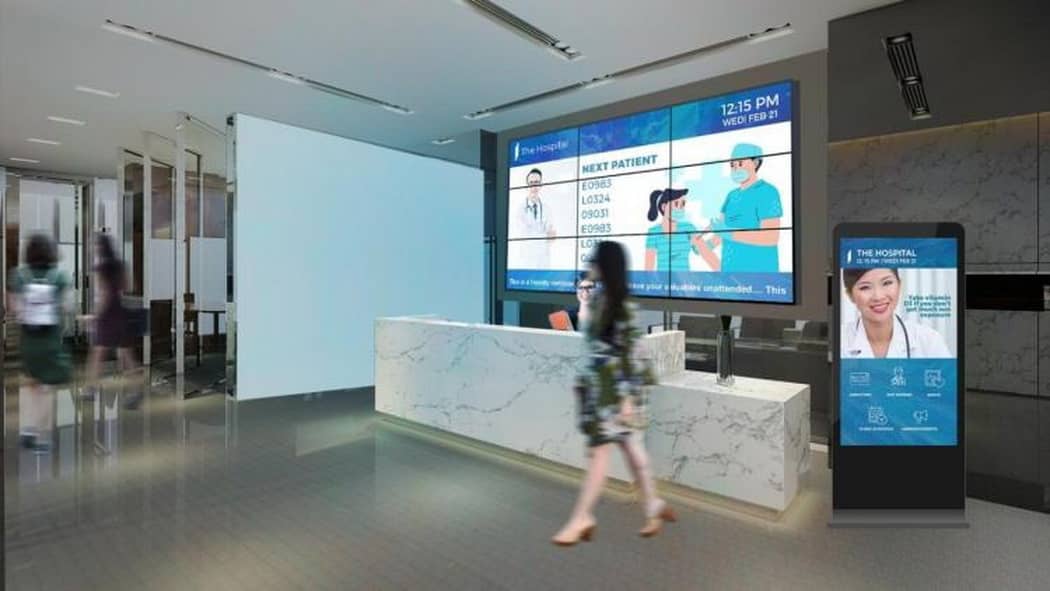
Healthcare: In healthcare settings, Digital signage interactive kiosk can significantly improve patient experiences and operational efficiency. These devices assist with patient check-in, provide wayfinding for complex healthcare facilities, and display critical health information.
Transportation: Airports, train stations, and bus terminals utilize Digital signage interactive kiosk for ticketing, check-in, and providing vital real-time travel information. They offer interactive maps for wayfinding and can integrate with public transit systems to provide real-time updates on schedules and delays.
Education: In educational institutions, Digital signage interactive kiosk serve as an interactive hub for students and staff, providing campus maps, event schedules, department-specific information, and emergency alerts.
Government: Government agencies leverage Digital signage interactive kiosk to streamline public services, from facilitating the renewal of licenses and permits to providing information about public programs and services.
Digital signage interactive kiosk have transformed the landscape of business communication, offering a powerful and immersive medium to engage audiences and provide valuable information. By embracing this technology, businesses can unlock new possibilities and empower themselves to thrive in an increasingly digital world.



